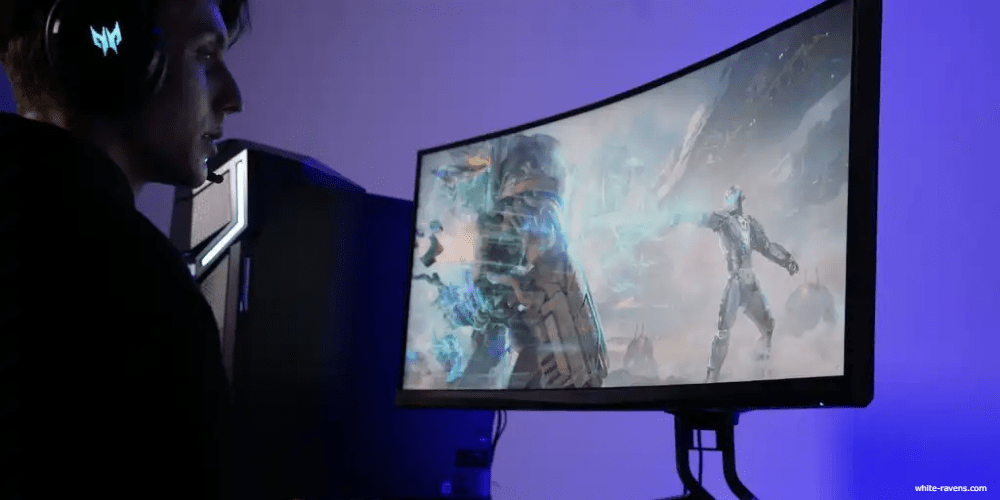
The compatibility of high refresh rate monitors with Windows 11 is set to experience a significant upgrade. Microsoft is currently testing a new update to the operating system, which will allow for automatic adjustments of refresh rates across multiple monitors. By delivering this integrated feature, Microsoft promises a more seamless multi-monitor experience, reducing power usage and potentially allowing GPUs to operate more quietly.
Utilizing multiple monitors at high refresh rates can often put a significant strain on the GPU, increasing power usage. This update, which will automatically adjust the refresh rate, offers an intelligent solution to this problem, cutting down the power draw from the GPU when it's not required.
The implementation of this feature could specifically benefit those using Nvidia RTX 30- and 40-series Founders Edition cards. These cards have a zero RPM mode which keeps fans from spinning when displaying video content on a single monitor. Currently, connecting a second high refresh rate monitor under Windows 11 often disables this power-saving mode, causing the GPU's fans to continue spinning.
With Microsoft's latest update, these specific GPUs should be able to sustain the zero RPM mode while adjusting the refresh rates on various monitors, depending on the content displayed. This novel feature promises to enhance the efficiency of multi-monitor usage, offering a more adaptive performance based on the demands of the content being shown.
Further bolstering the efficiency upgrades, the latest Canary Channel builds of Windows 11 introduce Dynamic Refresh Rate (DRR) enhancements specifically for laptop users. In a move towards optimizing battery usage, Windows 11 will now lower the laptop's screen refresh rate when the battery-saver mode is enabled. This means your laptop will automatically switch to a less power-intensive refresh rate, extending battery life. The regular refresh rate will resume once the battery-saver mode is turned off, ensuring a balance between performance and energy efficiency. This intelligent feature serves to maximize the user's laptop experience while minimizing unnecessary power consumption.
In conclusion, Microsoft's forthcoming Windows 11 update is a significant step forward in enhancing the use of multiple high refresh rate monitors. While the existing workaround to manually lower the secondary monitor’s refresh rate would still remain an option, Microsoft's new feature offers a more convenient, automatic solution. This update further solidifies Windows 11's standing as a leading OS for high-performance, multi-monitor setups.

Leave a comment
Your comment is awaiting moderation. We save your draft here
0 Comments